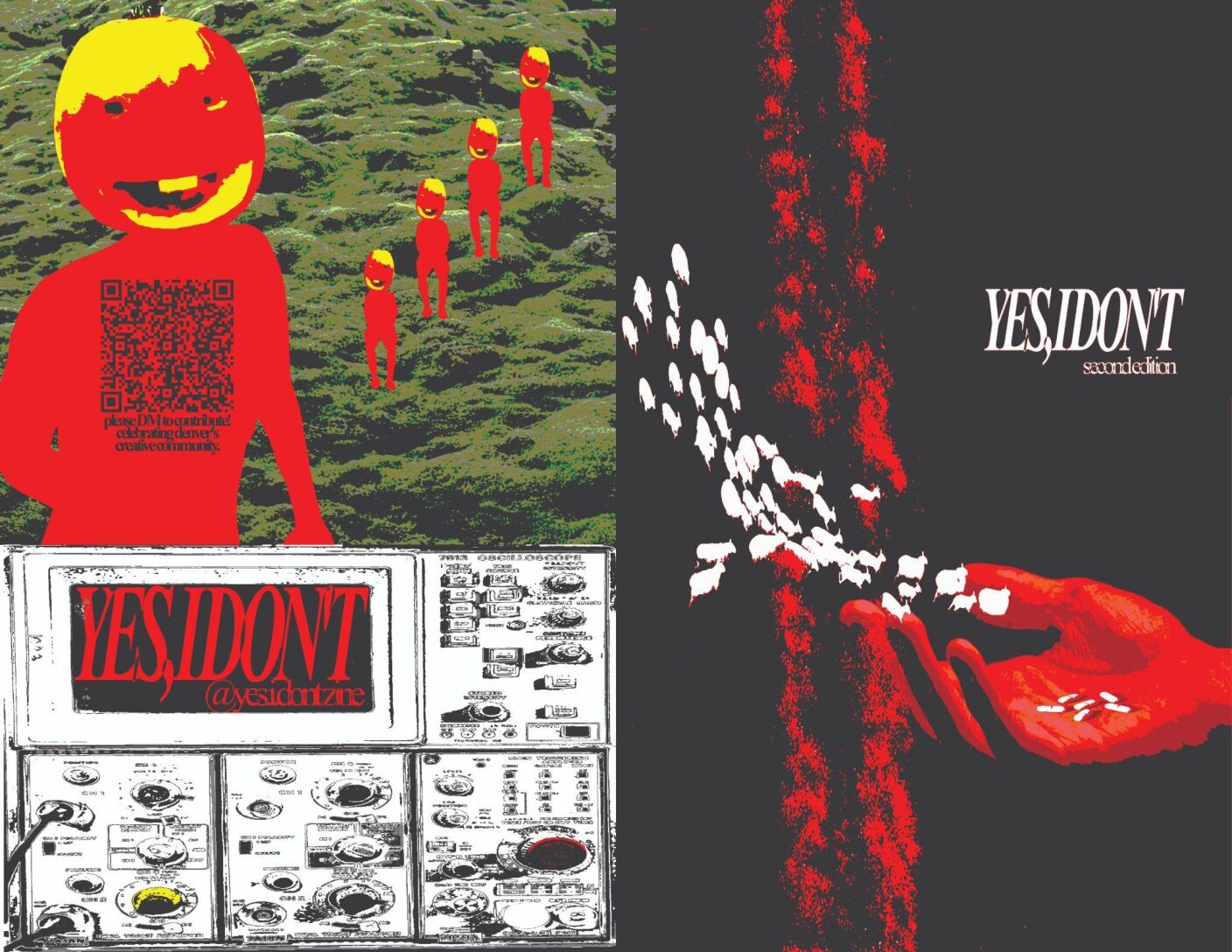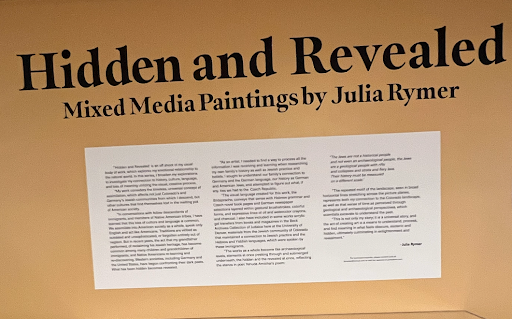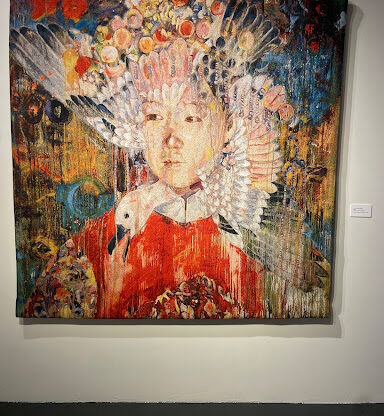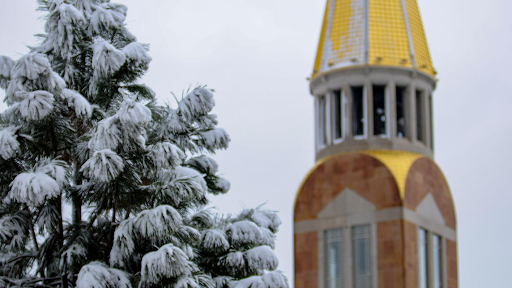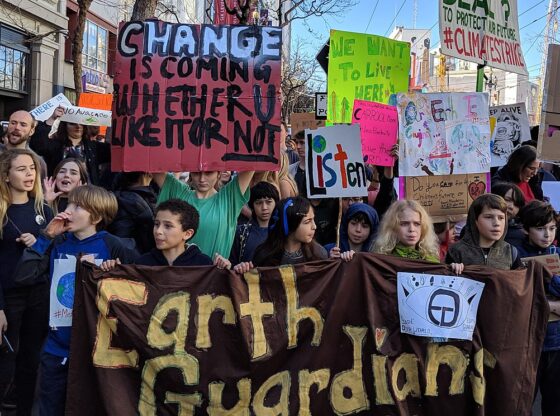For professor and artist Sarah Gjertson, it all started with the need to leave— to get as far away from civilization as possible.
In Gjertson’s quest to find the most deserted camping ground, free of RVs and obtrusive signs of human imprint, she stumbled across the remains of an old mining site called North London Mill. From there, the addiction flourished and Gjertson began researching local archives and using topographical maps to find the most remote mining towns across Colorado. Remote meaning no nearby hotels or amenities, no roads or signage and certainly no people.
Today, countless mining sites and ghost towns later, she has completed three installation pieces that bridge multiple layers of time and memory into one unified story. Installation art is 3-dimensional and manipulates the space surrounding it.
One of her pieces, “Dozed,” was on display at the 2015 Faculty Triennial, which ended Feb. 22. “Dozed” was made from artifacts Gjertson collected on an excursion to North London Mill.
However, these sites are not devoid of life. Standing wood structures, outhouses, clothing and piles of food cans are evidence of what and who came before.
“There’s still residue in a lot of these structures, at these sites, and to me that was so fascinating. It was like walking into a living museum you could access and have an idea of looking at the history of what was there…go and walk that same road a hundred and fifty years later and see some of the ghosts of the structure,” said Gjertson.
It is through these artifacts that a layer of meaning unfolds. These can dumps appear to be exactly that—dumps—but a closer look proves otherwise.
Indentations such as slashes reveal that the cans were used as more than just food containers. Additionally they were used as roofing or structural support Despite the fact that all labels and markings are gone, there are still clues as to what type of food was inside. On occasion, some of these cans will have a stamp at the bottom indicating when it was produced and where, some of which can be traced all the way to England or France.
“Everything was hand-made in the early 1800s. It’s a testament to human fortitude, what it took to get that stuff up to these remote locations where survival was really challenging,” said Gjertson. “To me, it’s just really incredible that these handmade structures, all the way down to this kind of field stone foundation, everything’s sort of made by the surrounding wood, is still standing at all.”
In the present time, most of what we see around us is machine-made. Apartments and houses constructed by intense machinery are often bought, broken down, rebuilt and sold to the same process multiple times over. Cans nowadays are easily disposed of and rarely does one think to reuse them.
When Gjertson started camping at these sites, which was about eight years ago, her interest was simply recreational. Abiding by the golden camping rule (always leave a campsite cleaner than you found it), Gjertson would only photograph the sites; she ultimately wanted to experience being physically present without leaving a trace.
An ulterior motive began to form after Gjertson watched a reclamation effort completely cover the foundation of an old mining site called London Butte Site in the Mosquito Mountain Range near Central Colorado. A reclamation effort usually takes place after a land owner turns over his or her property to the government. The government will then hire or subcontract a private company to essentially dispose of what was there and ‘recreate’ the land back to its original untouched state.
“Two months later I went back, and it [London Butte Site] was completely razed, that foundation was covered, all the debris was gone. It was like nothing was ever there, it was kind of like a manufactured plot…and I found that just to be a little curious, so close to some of this other stuff that I was able to access was this simultaneous kind of disregard of history that was very present,” said Gjertson.
In this particular case, Gjertson saw the before and after of a reclamation effort and ultimately a complete disconnect between past and present.
“Private companies don’t have any attachment to the history of the place. They don’t have any attachment to the structures, the objects. They are there to do the job. They are there to do it quickly, efficiently,” said Gjertson.
Off to the side was a bulldozed pile, meant to be forgotten, consisting of a treasure trove of trash.
Amid the pile, Gjertson found coffee cups, door hinges, pieces of plates, buttons, bottles and the soles of people’s shoes. Traces of history and life that was so quickly discarded without so much as a second look.
“It begged for me to develop a piece that could start a conversation about some of these things because these things are, for all intents and purposes, garbage. They have no value—fragments. They’re pieces of stuff, no one wants it, they were bulldozed,” said Gjertson about the artifacts.
With reclamation efforts continuing across Colorado, most of the time without the general public’s awareness, mining sites may disappear altogether.
“The fact that they are literally in our backyard and accessible is pretty incredible to me but I think that they will probably succumb certainly to the elements or other reclamation efforts,” said Gjertson.


